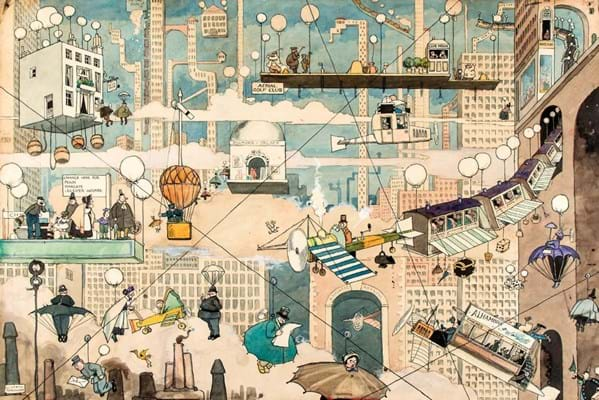
- This event has passed.
“Stars”
People have looked at stars in the night sky for thousands of years and sometimes wondered what they were. Now, we understand a great deal more about the twinkling ornaments of the night—stars varying widely in temperature, mass, size and ultimate fate.
TUTOR
Roger O’Brien worked in a bank for 26 years. At the University of Hertfordshire from 1992-95 he obtained a degree in Astronomy (with computing). Since then he has taught astronomy, cosmology and astrophysics for the Open University, City Lit, Royal Observatory Greenwich etc.
PROGRAMME
09.45 Registration
10.00 – 11.00 Stars in the Night Sky
Stars are the main ornaments of the night sky. We group them in arbitrary patterns (constellations). A few stars have obvious colours and the brightest are well over 100 times brighter than the faintest. Some stars are double, others are in genuine groups – the Pleiades Cluster is the most beautiful example.
11.00- 11.30 Coffee and Tea
11.30 – 12.30. How stars work
In 1838 the distance to a star (61 Cygni) was measured for the first time. Round about the same time spectroscopy identified familiar elements in stars. Later in the nineteenth century, it became possible to estimate the surface temperature of many stars. After World War 2. Nuclear science told us how the vast energy of stars is generated.
12.30-1.30 Lunch by Daisy’s and tea and coffee
1.30 – 2.30 The fates of stars
Stars meet different ends. Some explode. Some may collapse into black holes. Many form planetary nebulae and white dwarfs. Many more simply fade away. Before they do these things most stars go through phases of expansion and instability – red giants.
2.30 – 2.45 Time for questions

